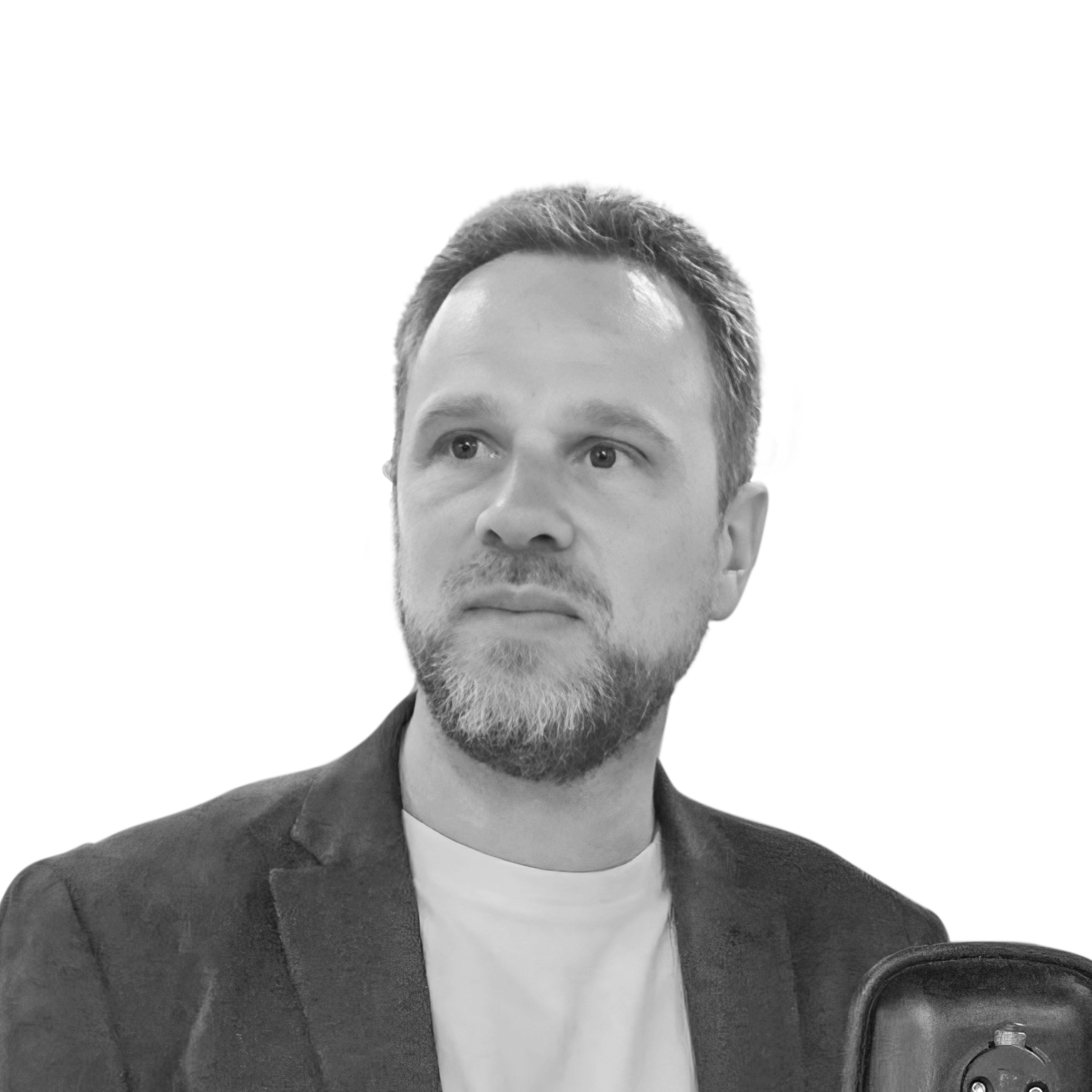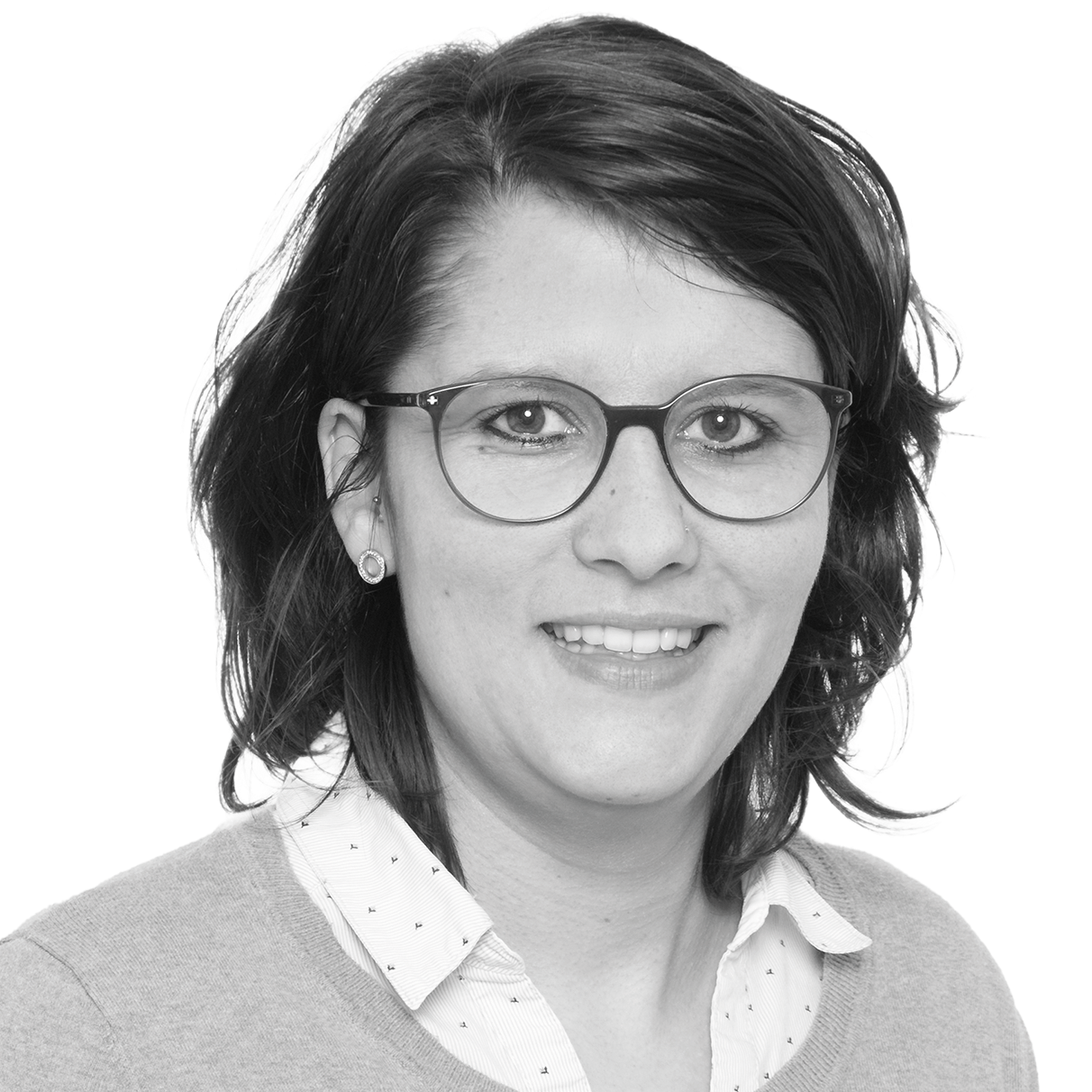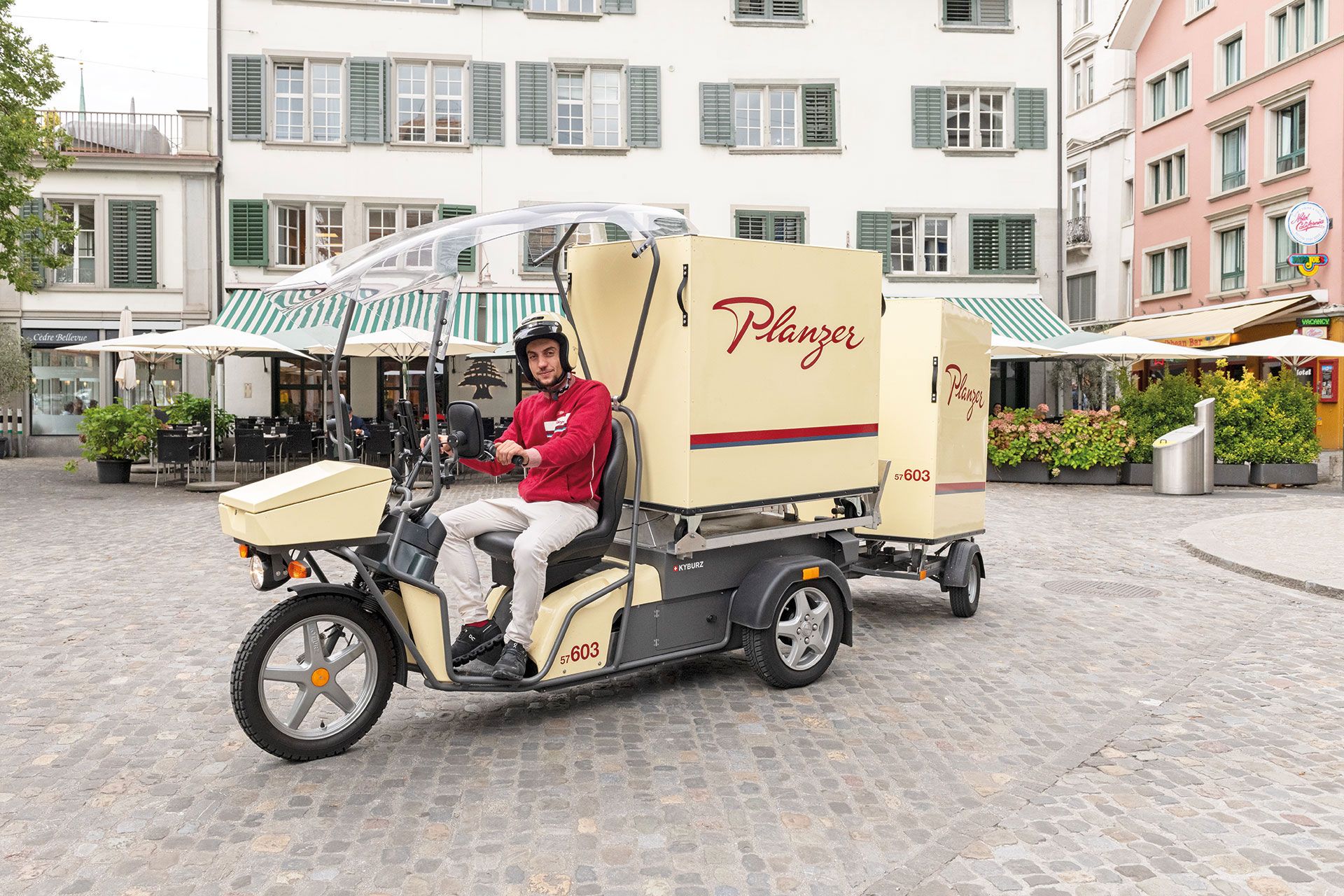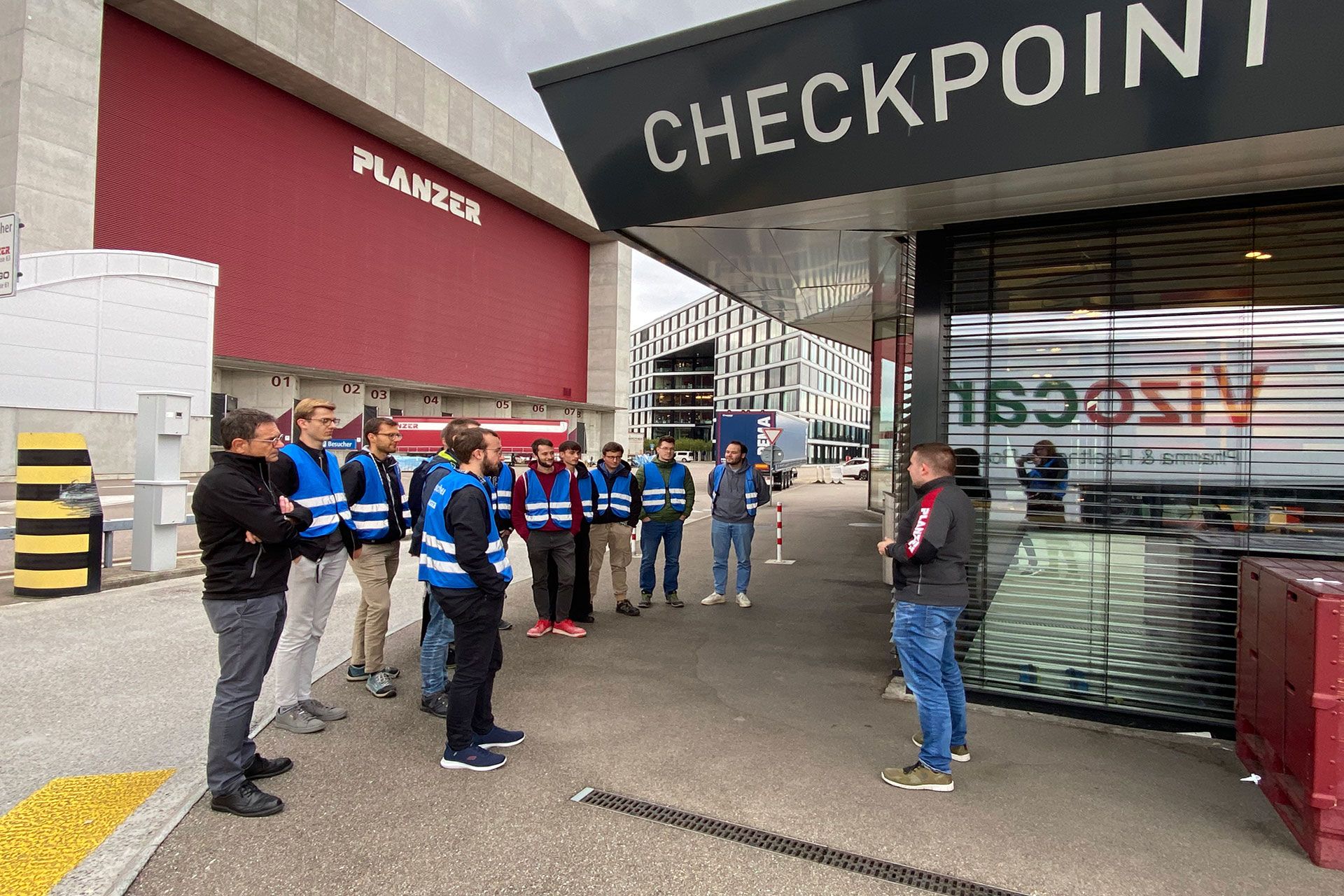Questions for the Planzer Innovation team
Tinkering, testing, thinking ahead – for us, this doesn’t happen behind closed doors, but through the ‘Planzer Workbench’ innovation programme, where wide-ranging ideas are turned into concrete innovation projects. We asked the Innovation Department how innovations are created, what role sustainability and external partners play, and what trends or technologies will be important to us.
Björn: For Planzer, innovation means above all that we are observant and curious when considering where new ideas and new technologies could further develop and continuously improve service for our customers, but could also make our partnership more effective, for example. We believe it is our job to help the Planzer family, keep our eyes and ears open, and take action where it’s worthwhile. This in turn gives us the opportunity to tackle issues together, scrutinise them and, where appropriate, pilot them. Innovation is achieved together at Planzer – the more commitment from every corner of our Planzer family, the greater the impact.
Björn: I would even go one step further. Without collaboration with partners, such as a start-up like Loxo in the field of highly automated driving, innovations in the complex issues intersecting society, the economy, the environment and technology are not possible. Collaboration and mutual support are therefore key when it comes to innovation.

‘Without collaboration with partners, innovations in the complex issues intersecting society, the economy, the environment and technology are not possible. Collaboration and mutual support are therefore key when it comes to innovation.’
Björn: That’s right. From the point of view of innovation, we simply will not pursue an issue that does not serve sustainability – be it social, environmental or even economic.

‘Focusing on social, environmental and economic sustainability is the foundation of all our projects.’
Björn: I don’t think it’s a balancing act either, but a great opportunity for innovation to achieve improvements in all these dimensions at the same time.
Björn: Innovation is essential to remain competitive. As already mentioned, Planzer is consciously proactive in this regard. As the Innovation Department, we see it as our job to continue this role. We are also an important point of contact for all our colleagues and, through the Workbench, offer a platform for giving new ideas the chance to navigate Planzer through upcoming changes with new possibilities.




